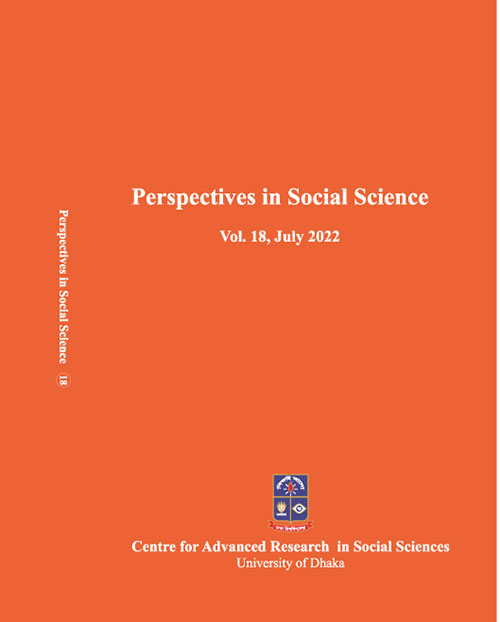Conservation of Traditional Pottery Art as Geographical Indications (GIs): A Case Study of Bijaypur Pottery Village of Cumilla in Bangladesh
Md. Efrat Jahan Bhuiyan Shafin and Dilruba Sharmin
Published Date : 12-Jun-2024
Social Sciences Perspective
Vol. 18 July 2022
DOI: https://doi.org/10.59146/pss.v18.7536
ISSN : 2957-5001 (Print)
Vol. 18 July 2022
DOI: https://doi.org/10.59146/pss.v18.7536
ISSN : 2957-5001 (Print)
Abstract
Pottery communities devote their merits and efforts from one generation to the next generation to produce attractive and creative pottery that reflects their intellectual contributions and represents their community lifestyles. Present research focuses primarily on the prospects of establishing the pottery art of Bangladesh as a Geographical Indications (GI), as well as the conceptual structure of presenting it worldwide as a GI product. Earthenware can be safeguarded as GIs under international accords and local ordinances (enacted by 160 nations). Research shows that currently, this illustrious industry has several challenges, such as environmental hazards, outdated procedures, inadequate capital, inexperienced potters, lack of research initiatives, limited product diversification, inadequate marketing and promotion, responsible negligence, etc. This study uses a qualitative approach based on surveys, in-depth interviews (IDIs), and archival and documentary research strategies. Primary and secondary data were gathered using the research framework to understand the current situation. This study examines Bijaypur pottery village in Cumilla as a case study to examine the sociological, institutional, and potential issues of conserving the craft as GIs under international and national legal contexts.
Keywords Pottery art, geographic indications, GI, IP, intellectual property, clay, earthenware, Cumilla, Bangladesh
Download PDF


